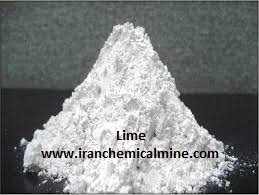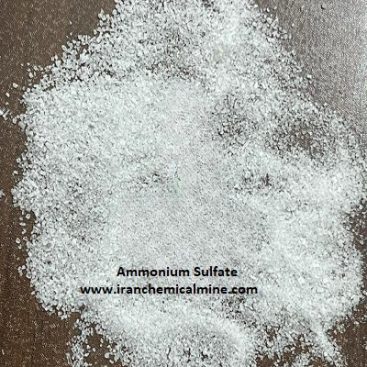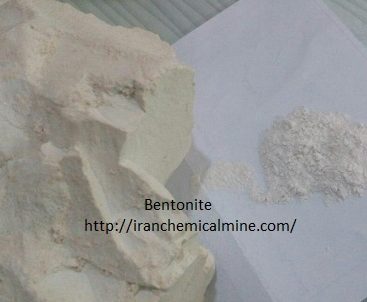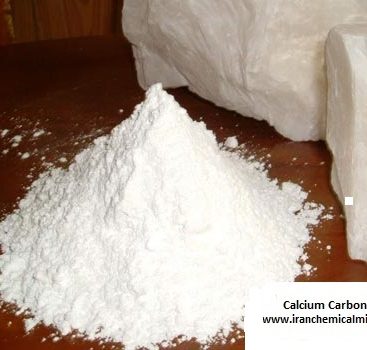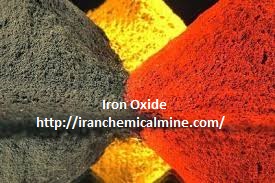- 0
- June 28, 2021
- Mineral
Tin Oxide
Tin oxide or stannic oxide that known with chemical formula SNO2 is one of the most important semiconductor (Eg=3.6 eV) . It can be used as photo catalyst for degradation of organic compounds. It is an inorganic compound consisting of Tin and Oxygen. It is commonly used to create customized glass by given transparent glass an opaque, porcelain-like, opaque appearance. Beyond glass, Tin Oxide΄s organic chemical compound also has numerous other uses and applications but care should be exercise when handing.
Tin Oxide Applications
Tin oxide in solar cell : is an excellent candidate to replace mesoporous TiO2 electron transport layers (ETLs) in perovskite solar cells. We unveil that low temperature processed SNO2 is self-passivated in its nature, which leads a high efficiency.
Photocatalytic Applications
Many phenols, phthalates and other toxins are released into the environment from industrial or agricultural processes, or household waste. These compounds are often stable and difficult to degrade in wastewater facilities, thus posing a serious long-time risk. The development of novel and efficient technologies for the environmentally sustainable removal of these dangerous compounds from different sources is of crucial importance.
The photocatalytic oxidation of organic pollutants in the presence of semiconductors such as Tin Oxide (SnO2) is a green technology and seems to be a highly promising technique for water treatment and for the removal of recalcitrant compounds.
Opaque glass
Tin Oxide used When applied to glass (using the appropriate amount and technique), will completely permeate the glass and interact with the chemical compounds within the glass to turn it from transparent to an opaque white.
The resulting product, often called milk glass, is a design element in many residential and commercial spaces. It has same properties that led to the use of Tin Oxide in producing the white glaze covering on faience, a type of earthenware that has the appearance of white porcelain.
Granite and Marble Polishing
It has also proven to be a highly effective polishing material for glass and quarried rock, such as marble, granite and quartz. It restores the luster of a stone surface especially marble flooring–that’s become dull over time. Tin Oxide technique for polishing is relatively simply: Apply tin oxide to the surface with a damp cloth and continuously rub and polish the surface until you achieve the desired sheen.
Laboratory Packing
Tin Oxide in laboratory scale can be offered as 10 gr or 25 gr bags. Also we are able to do packing depends on customer requirement.
Industrial Packing
Our Tin Oxide, is packing in 25 kg bags or 10 kg bags for preventing to absorb moisture.
According to our customer inquiry, It is offered in only Jumbo bag or putting PP bags on a pallet and shrinking. Meanwhile customized packing is possible.
Safe Handling
According to the United States Department of Labor’s Occupational Safety and Health Guide for Tin Oxide, It has proven to be relatively non-toxic to laboratory animals. In humans, exposure can result in mild irritation to the eyes, skin and mucous membranes and may also lead to pulmonary problems if inhaled. According to the guide recommends that people working with, should thoroughly wash their hands, forearms and faces with soap and water after use.
Exporting destinations
It is mostly offered by customers who are manufacturing the best quality detergent, soaps products, paper makers, Drilling companies. So, we are exporting to Middle East, African, European, South American, East Asian countries. Our product is producing, packing and exporting to mention above destinations, under Iran Chemical Mine authorization by the best raw materials in accordance with ASTM standard. For taking updated price and knowing more about further details, please contact us by our contact lines/email.
Technical specification
| Characterization | |
| CAS | 18282-10-5 |
| Stock No. | TOP1901 |
| Molecular formula | SnO2 |
| Molecular weight (g/mol) | 150.71 |
| Form | Powder |
| Color | Gray |
| Morphology | Spherical |
| Size range (nm) | <100 |
| Total impurity (%) | <1 |
| Density (g/cm3) | 6.95 |
| Solubility | Insoluble |



